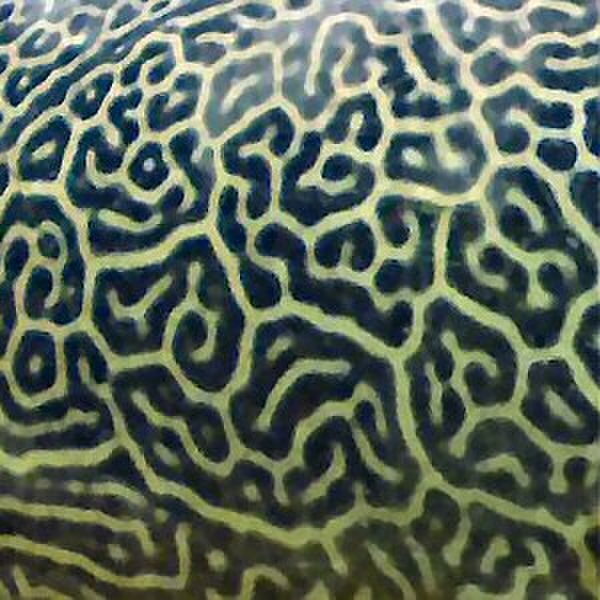In evolutionary developmental biology, heterochrony is any genetically controlled difference in the timing, rate, or duration of a developmental process in an organism compared to its ancestors or other organisms. This leads to changes in the size, shape, characteristics and even presence of certain organs and features. It is contrasted with heterotopy, a change in spatial positioning of some process in the embryo, which can also create morphological innovation. Heterochrony can be divided into intraspecific heterochrony, variation within a species, and interspecific heterochrony, phylogenetic variation, i.e. variation of a descendant species with respect to an ancestral species.
Giraffes acquired their long necks through heterochrony, extending the development period of the seven neck vertebrae's growth in the embryo to add length to the bones, not by adding more bones.
Axolotls retain gills and fins as adults; these are juvenile features in most amphibians.
Irish elk skeleton with antlers spanning 2.7 metres (8.9 ft) and a mass of 40 kg (88 lb)
Evolutionary developmental biology
Evolutionary developmental biology is a field of biological research that compares the developmental processes of different organisms to infer how developmental processes evolved.
Homologous hox genes in such different animals as insects and vertebrates control embryonic development and hence the form of adult bodies. These genes have been highly conserved through hundreds of millions of years of evolution.
Turing's 1952 paper explained mathematically how patterns such as stripes and spots, as in the giant pufferfish, may arise, without molecular evidence.
A gene regulatory network
Heliconius erato






